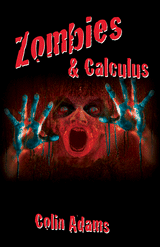If you like the concept of comedic body switches a la
Freaky Friday,
then it's time for you to read Megan Shull's novel
The Swap.
Note
that I said comedic "body switches" as opposed to horror-movie-style
body swaps - those are invasive and terrifying, whereas The Swap is a
smart and sensitive look at what it would be like for two middle school
students of opposite genders to switch places.
When an encounter
at school causes them to unwillingly swap bodies, thirteen-year-old Jack
and twelve-year-old Ellie have to figure out a way to deal with their
very different bodies, families, friends, and afterschool obligations
until they can swap back. Before this unexpected event, the kids weren't
friends. They go to the same school, so they vaguely knew each other -
with Ellie being more aware of Jack than vice-versa - but they are a
grade apart and don't have any classes or activities in common. By the
time the book is over, though, there's no way they could call themselves
strangers anymore.
This story is about more than temporarily
being in someone else's body - it's about sharing someone else's life.
The decisions the protagonists make and the actions they take while
walking in each other's shoes (including Ellie's soccer cleats and
Jack's hockey skates) affect them both. Seeing the world through new
eyes changes how they see others and how they see themselves.
And
back to the body sharing: where some sitcoms, books, or movies might
play awkward moments in the locker room and in the bathroom as silly
and/or gross jokes, these kids are truly uncomfortable at those times,
and ultimately very respectful.
You could say that the two
parental figures in the book are both devoted to their children, but
they are definitely at opposite ends of the emotional spectrum. Ellie's
mother, a divorced single parent and yoga instructor, is upbeat and
sunny. Jack's stern father, a widower, is very strict with his four
sons. Very strict. Think Captain Von Trapp. He oversees their daily
fitness routine and year-round hockey training and makes them call him
"sir." Ellie's mom wishes her daughter would be more open with her,
while Jack's militaristic dad doesn't do heart-to-heart chats.
Jack
has a whole bunch of buddies and gets along very well with his
brothers. Meanwhile, only child Ellie feels like she doesn't have a
friend in the world. Sassy, her best friend since kindergarten, has
found a new best friend and now finds it fun to say mean things to Ellie
(and Jack-as-Ellie) at school, on the soccer field, and at a memorable
sleepover. Anyone who has had a friend turn on them, especially in
middle school, will relate to that heartache. Friendship break-ups can
hurt just as much as romantic ones. Not all friends make up; not all
friends should. Kids and adults alike should keep this in mind: If
someone is being mean to you and repeatedly putting you down, that
person is not a true friend.
Both Ellie and Jack are healthy and
athletic, which is really cool. It also comes in handy when they have
attend each other's practices and tryouts. I also appreciated that the
sports storylines didn't culminate in either character winning the big
game or being chosen MVP; instead, it was about personal successes,
about what the work taught them about themselves and how it pushed them
outside of their comfort zones. There was also a neat sporty bit towards
the end of the book that I wasn't expecting, and I liked a lot.
I've
read a lot of books with dual narratives, and The Swap is a solid
example of a story that both needs and benefits from two narrators who
offer honest first-person thoughts. Without making them polar opposites,
Shull has her characters speak and react differently, with some overlap
- it's fun when they start realizing that they've picked up each
other's lingo. The narrating duties flip back and forth in alternating
chapters, and the story is easy to follow. The Swap considers the
different ways we treat girls and boys, the different things we expect
of our sons and daughters, and it's a great take on upper middle school
life, a time that a lot of TV shows glaze over, jumping from
little-kid-dom right into the teen age rather than dealing with the
simultaneous horrors and happiness of those in-between wonder years.
For
those of who you have yet to read the original novel Freaky Friday by
Mary Rodgers, do yourself a favor and pick up that book at the same time
you pick up The Swap. Also grab Megan Shull's previous releases,
including
Amazing Grace.
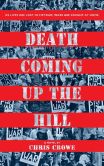 Life is a balancing act for Ashe whose parents have stayed together only because he was born. Their conflicting opinions of the state of the world in 1968 have pulled them in opposite directions. Ashe is definitely caught in the middle.
Life is a balancing act for Ashe whose parents have stayed together only because he was born. Their conflicting opinions of the state of the world in 1968 have pulled them in opposite directions. Ashe is definitely caught in the middle.
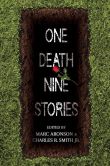
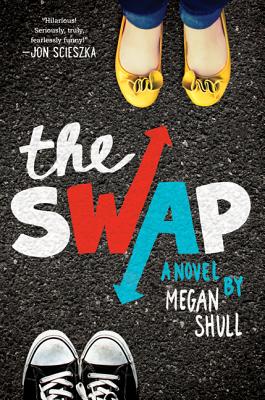
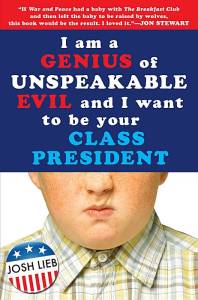





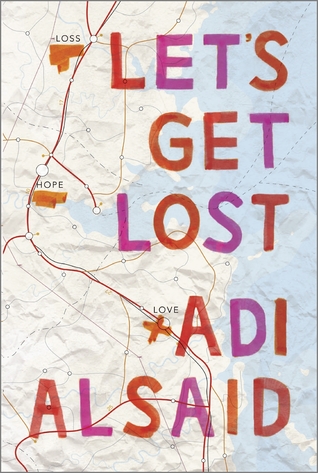


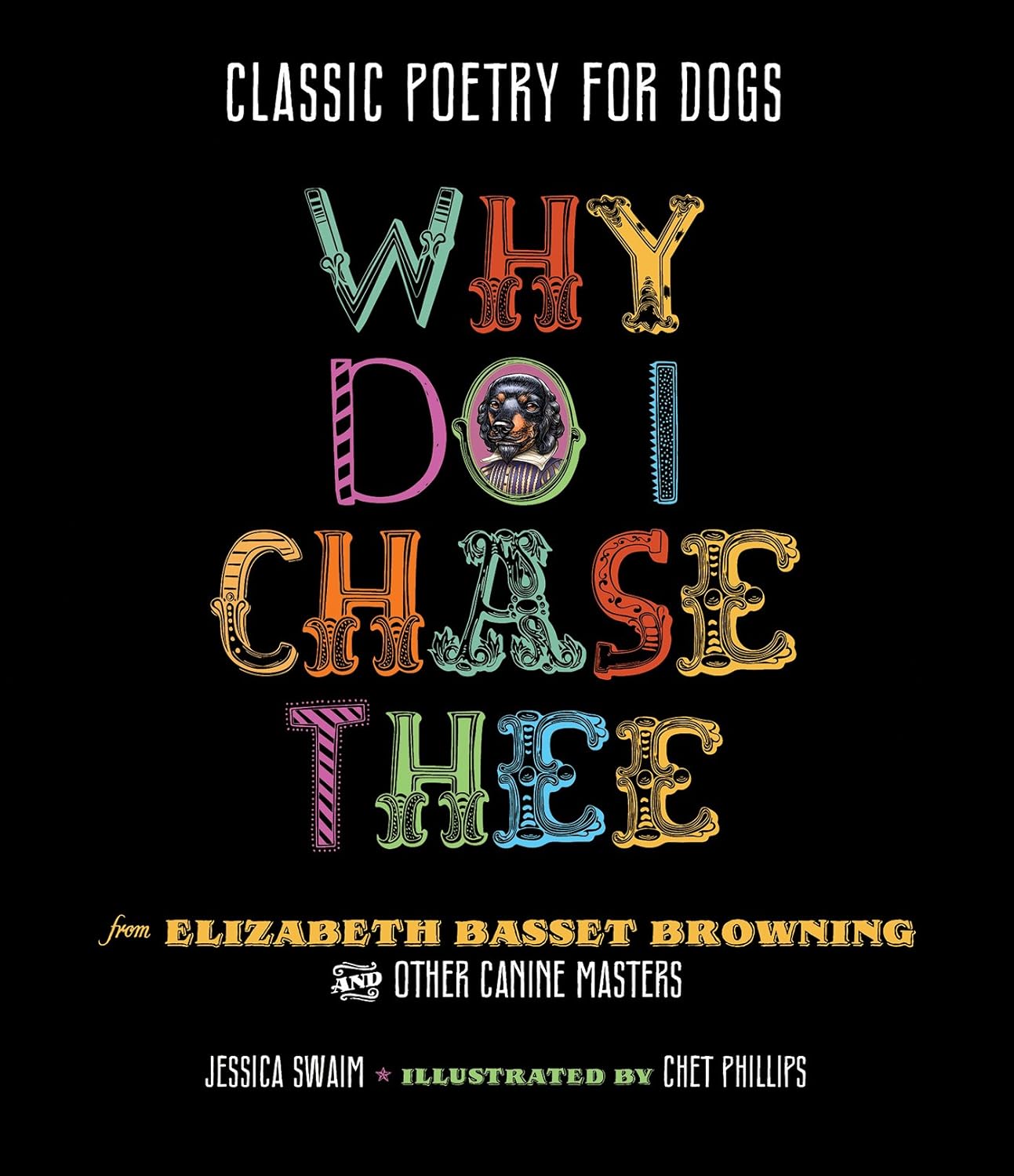 Ever wonder why dogs don't write more poetry? Well, if you have (or if you have now that I've framed that question), this book is for you. Jessica Swaim has come up with a bookful of parody poems, in which celebrated dog poets explain lots of things . . . why they chase their tails, how fish compares to meat ("thou art more flaccid and more apt to spoil"), the horror of being neutered, and more.
Ever wonder why dogs don't write more poetry? Well, if you have (or if you have now that I've framed that question), this book is for you. Jessica Swaim has come up with a bookful of parody poems, in which celebrated dog poets explain lots of things . . . why they chase their tails, how fish compares to meat ("thou art more flaccid and more apt to spoil"), the horror of being neutered, and more.

